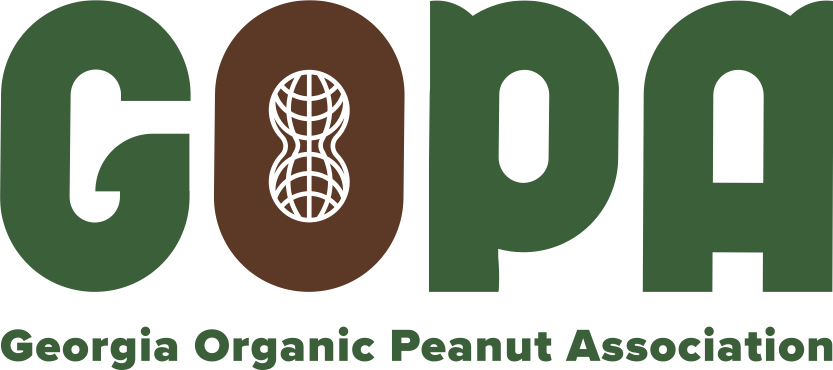A Snapshot of Production Costs: Another Reason Why Small and Beginning (Grain) Farms Struggle
The smart folks over at Agricultural Economic Insights recently used the 17-year cicada brood to compare farm data in 2021 against 2004. As with all of Brent Gloy’s and David Widmar’s work, the whole piece is worth reading, but the cost of corn production on average quality land in the Midwest is particularly noteworthy:
Fertilizer: $60 per acre ($121 in 2021, up 102%)
Seed: $33 per acre ($111 in 2021, up 236%)
Chemicals: $19 per acre ($58 in 2021, up 205%)
Cash Rent: $128 per acre ($223 in 2021, up 74%)
The seed and agro-chemical companies (assuming there’s a difference) have been racing each other to the top of the farmer cost and corporate earnings ladder. Between 2005 and 2015, the percent of genetically-modified corn planted in the U.S. grew from 52 percent to 92 percent. Over that same decade, the efficacy of glyphosate (Roundup) gradually declined with more widespread use, or that today the American farmer has arrived at a moment where corn is “Roundup-ready” and has been engineered to withstand glufosinate, as well as dicamba and 2,4-D. It’s not only that chemicals cost more but also there are more of them to buy.
Source: USDA NASS
If these numbers have any moral to them, it’s that we have to find better and smarter alternatives for people to farm. A dependence on synthetic chemicals and agribusiness oligopolies is only weakening an industry and a profession that already operate with a maximum vulnerability. Value-added agriculture, like Certified Organic, is one immediate solution to give established farmers more freedom and new farmers more opportunities.

